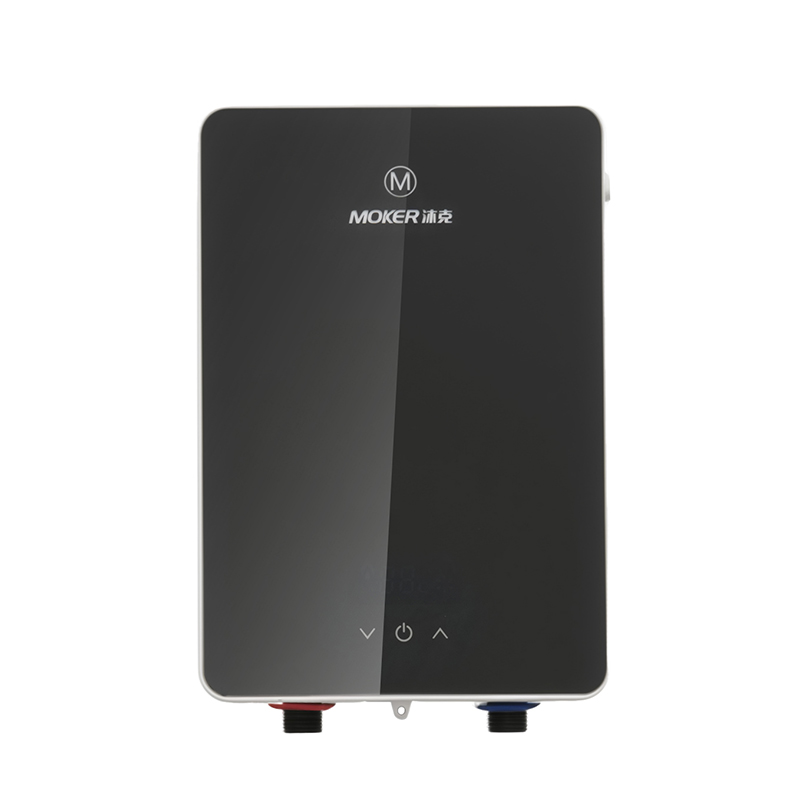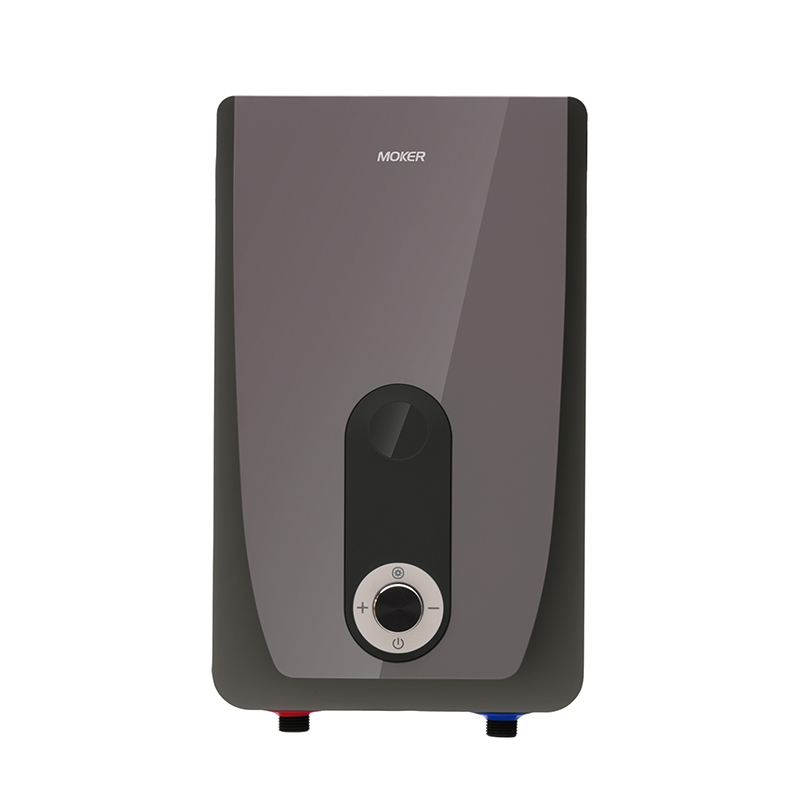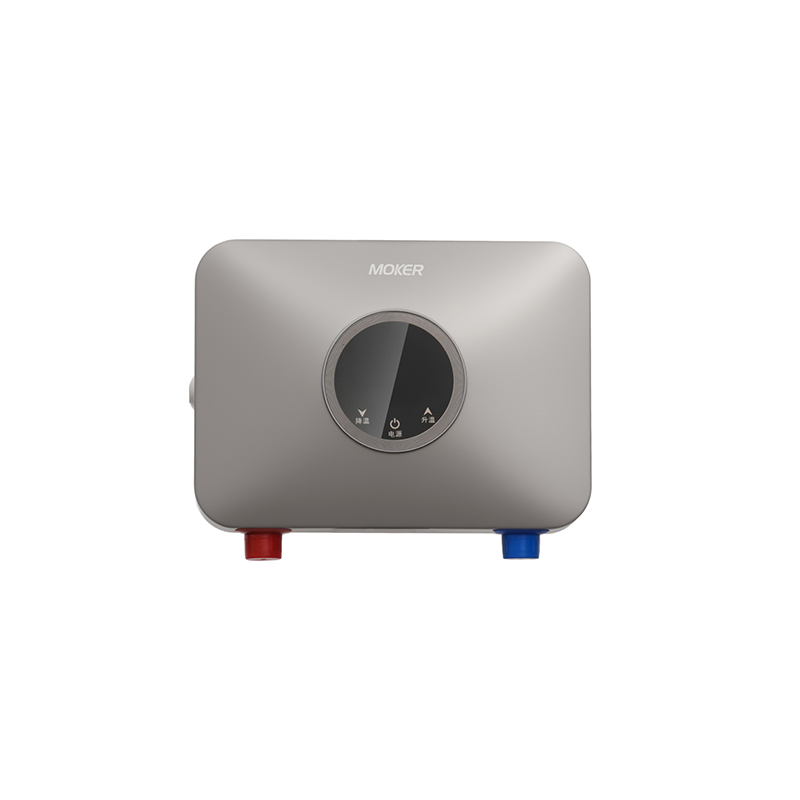Ability to Handle Seasonal Water Demand Changes of Different Water Heaters
Ability to handle seasonal water demand changes refers to water heater’s capacity to adapt to fluctuations in hot water usage between seasons—winter typically brings 30–50% higher demand (due to colder inlet water, longer showers, and more frequent laundry), while summer sees reduced demand (shorter showers, cooler inlet water). Poor adaptation leads to either winter hot water shortages or summer energy waste. Electric water heater, Tankless Water Heater, Instant water heater, electric tankless water heater, and instantaneous water heater electric each have distinct seasonal adjustment traits, shaped by their heating mechanisms and capacity flexibility.
Electric water heater has moderate seasonal adaptability, relying on tank capacity and thermostat adjustments. In winter, Electric water heater’s inlet water temperature drops (from 60°F in summer to 40°F or lower), requiring heating elements to work harder to reach set temperatures (e.g., 120°F). A 50-gallon Electric water heater can meet winter demand for a 3-person household if the thermostat is raised by 5–10°F (to 125–130°F), though this increases energy use by 10–15%. The tank’s insulation helps retain heat in cold environments, reducing standby loss compared to uninsulated units. In summer, Electric water heater’s thermostat can be lowered to 110–115°F to save energy, as inlet water is warmer and demand is lower. However, Electric water heater’s fixed tank capacity is a limitation: in winter, large households may still face shortages if demand exceeds storage (e.g., 4+ people taking back-to-back showers), while in summer, the tank often holds more hot water than needed, wasting energy on standby heating.
Tankless Water Heater has strong seasonal adaptability, with real-time heating modulation. In winter, Tankless Water Heater’s flow sensors detect colder inlet water and automatically increase heating power—gas models boost burner intensity, while electric models raise element wattage—to maintain consistent hot water temperature (e.g., heating 40°F inlet water to 120°F without flow reduction). A 7 GPM gas Tankless Water Heater can handle winter demand for a 4-person household, supporting simultaneous showers and laundry. In summer, Tankless Water Heater reduces heating power, using 20–30% less energy than winter, as inlet water (60°F+) requires less heating. Unlike Electric water heater, Tankless Water Heater has no standby loss, so summer energy waste is minimal. The only limitation is extreme winter cold: inlet water below 32°F (freezing) requires pipe insulation to prevent damage, but Tankless Water Heater itself maintains performance once water flows.
Instant water heater has limited seasonal adaptability, with fixed heating capacity. In winter, Instant water heater’s high-wattage elements (2–5 kW) struggle to heat cold inlet water—e.g., a 3 kW Instant water heater may only raise 40°F water to 100°F (vs. 120°F in summer), resulting in lukewarm water for showers. Users may need to reduce flow rate (slowing water through the heating chamber) to increase temperature, but this extends task time (e.g., 10-minute dishwashing becomes 15 minutes). In summer, Instant water heater performs well, easily heating 60°F inlet water to 120°F with full flow rate, and uses less energy due to lower heating demand. However, Instant water heater’s small heating chamber cannot handle winter’s higher demand for longer hot water use—e.g., a 10-minute winter shower may deplete its capacity, requiring a pause for reheating.
Electric tankless water heater has balanced seasonal adaptability, combining modulation and efficiency. In winter, electric tankless water heater’s modulated elements adjust power to heat cold inlet water—e.g., a 4.5 kW electric tankless water heater increases output to 4 kW to raise 40°F water to 120°F, maintaining 2.5 GPM flow rate for showers. The unit’s electronic controls ensure temperature stability, even as demand fluctuates (e.g., a second faucet turning on). In summer, electric tankless water heater reduces power to 1–2 kW, heating 60°F water to 120°F with 3 GPM flow rate, and uses 30–40% less energy than winter. Unlike Instant water heater, electric tankless water heater’s larger heat exchanger handles winter’s longer hot water use (e.g., 15-minute showers) without performance drops, making it suitable for small households (1–3 people) year-round.
Instantaneous water heater electric has minimal seasonal adaptability, suited only for low-demand tasks. In winter, instantaneous water heater electric’s micro-coil (1–2 kW) can only raise cold inlet water by 20–30°F—e.g., 40°F water becomes 60–70°F, too cold for handwashing or dishwashing. Users must run water slower (reducing flow to 0.5 GPM) to reach 100°F, but this makes tasks inefficient. In summer, instantaneous water heater electric works well, heating 60°F water to 100–110°F with 1 GPM flow rate for quick handwashing. However, instantaneous water heater electric’s ultra-small capacity fails to meet even moderate winter demand—e.g., filling a small basin for face washing may require 2–3 minutes of heating, vs. 1 minute in summer. It is only viable year-round for single-person households using it exclusively for ultra-quick tasks (e.g., rinsing hands).
Seasonal adaptability aligns with water heater’s heating flexibility: Tankless Water Heater and electric tankless water heater adjust best to demand changes; Electric water heater relies on thermostat tweaks; Instant water heater and instantaneous water heater electric struggle with winter’s cold inlet water. Choosing a water heater based on seasonal demand ensures consistent comfort in winter and energy savings in summer, avoiding the frustration of lukewarm water or wasted electricity.





